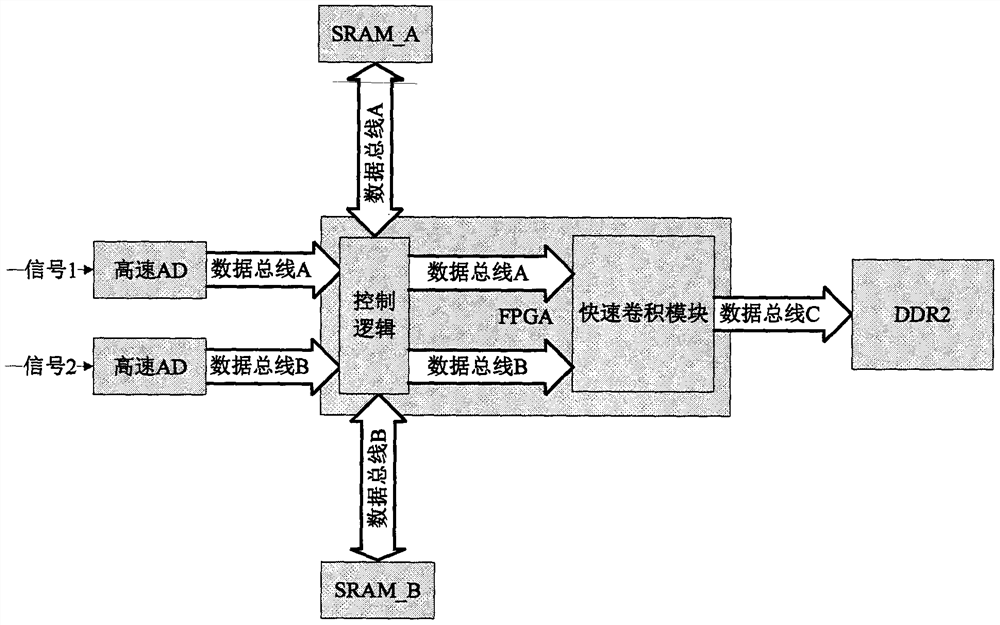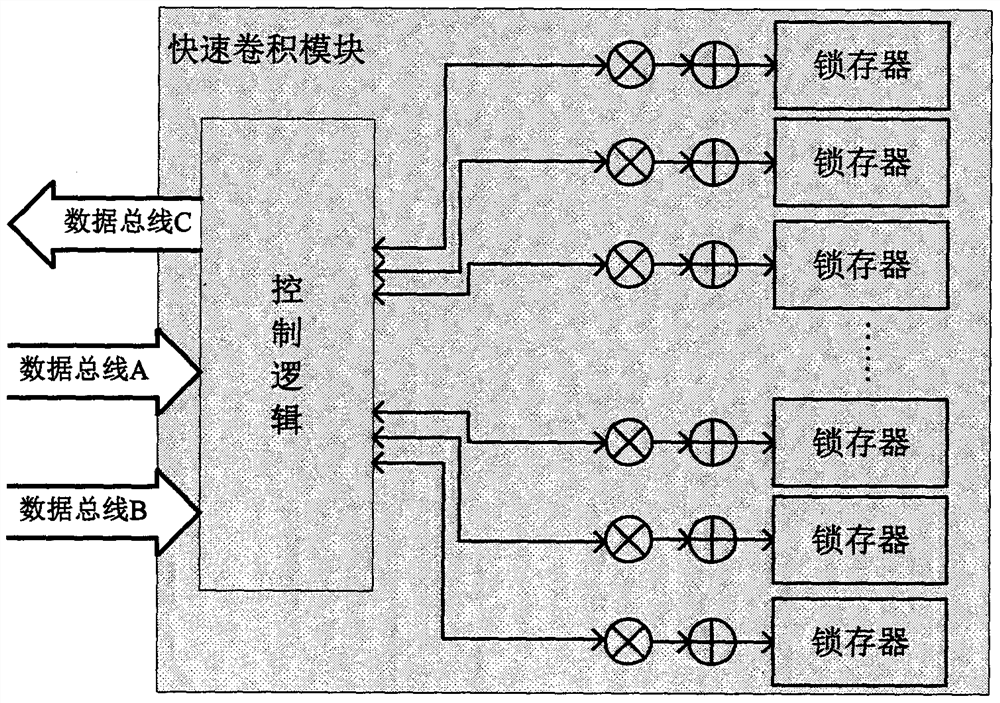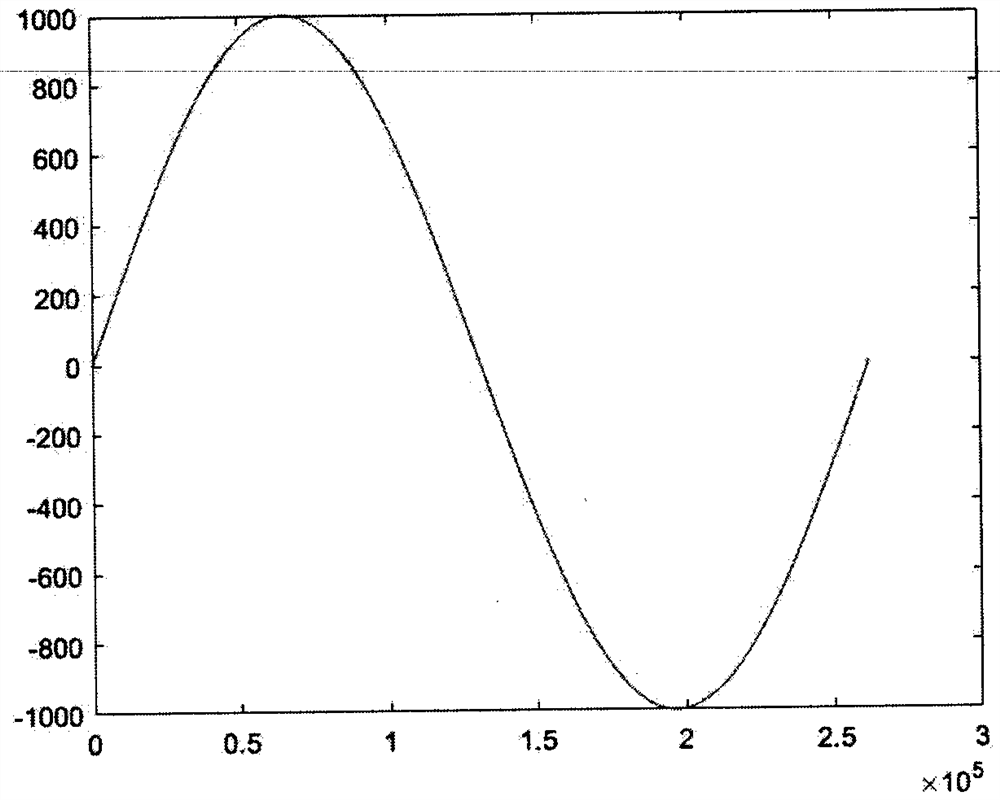A Method of Fast Convolution Operation of Ultra-Long Sequence Based on FPGA
A fast convolution and sequence technology, applied in complex mathematical operations, general-purpose stored program computers, computing, etc., can solve the problems of low convolution speed of ultra-long sequences, inability to meet the real-time performance of high-speed signal processing, etc., to improve the operation speed, The effect of increased computing speed and rich hardware resources
- Summary
- Abstract
- Description
- Claims
- Application Information
AI Technical Summary
Problems solved by technology
Method used
Image
Examples
Embodiment Construction
[0025] In order to illustrate the embodiments of the present invention more clearly, the present invention will be further described below with reference to the accompanying drawings.
[0026] like Figure 3-Figure 5 As shown in the figure, the convolution operation is performed on two sinusoidal signals with a small phase difference. The length of the two signals after being collected by the AD module is 262144, and they are stored in the SRAM outside the FPGA in sequence. Next, 1024 burst read operations are performed in sequence, and the read length increases by 256 from 256, and the data obtained by reversely reading two pieces of SRAM is sent to the fast convolution module, such as figure 2 shown. At the end of the burst, 256 convolution results are obtained at the same time, which are sequentially stored in DDR2 outside the FPGA. After 1024 bursts, the fast convolution operation ends, and the convolution result is as follows Image 6 As shown in the figure, it can be...
PUM
 Login to View More
Login to View More Abstract
Description
Claims
Application Information
 Login to View More
Login to View More - R&D
- Intellectual Property
- Life Sciences
- Materials
- Tech Scout
- Unparalleled Data Quality
- Higher Quality Content
- 60% Fewer Hallucinations
Browse by: Latest US Patents, China's latest patents, Technical Efficacy Thesaurus, Application Domain, Technology Topic, Popular Technical Reports.
© 2025 PatSnap. All rights reserved.Legal|Privacy policy|Modern Slavery Act Transparency Statement|Sitemap|About US| Contact US: help@patsnap.com



